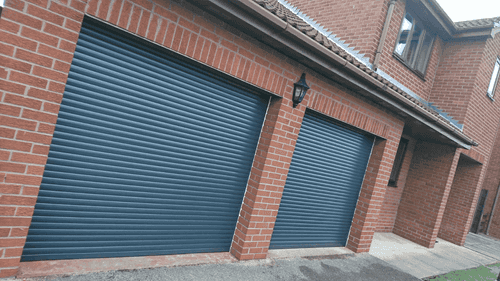Even if workers do a fantastic job, finishing behind schedule can sour a client’s perception of their work. For many industries, labor shortages, rising prices and supply chain disruptions have contributed to unexpected downtime and extended project timelines. With help from the best consulting companies for project delays in construction, teams can finish on time and under budget. 1. Spire Consulting Group As a multidisciplined construction consulting firm, Spire Consulting Group serves various clients, from multifamily building owners to government entities. Whether clients need help with project management or dispute resolution, the company personalizes its services to meet their needs. Its tenacity and integrity make it one of the best construction consulting companies. After establishing an accurate project budget and schedule, Spire Consulting Group determines core risk factors by evaluating contractual expectations. Its origin as a claims consulting firm gives it unique insights into potential problem areas, helping it recommend preventive action through strategic planning and controls. This way, it ensures projects are completed on time and within budget. In addition to providing project controls, construction advisory and project management services, Spire Consulting Group offers construction dispute resolution support. It prepares findings based on forensic analysis and expert testimony to help contractors avoid delays related to contract disagreements. No matter the service, it is among the best consulting companies for project delays in construction. 2. Cultivate Advisors Illinois-based Cultivate Advisors has advisers stationed in various states, giving it nationwide reach. It has served thousands of industry professionals, ranging from architects to real estate agents. It aims to give businesses the tools to become independent, helping them drive efficiency and profit without continuous oversight. Since it believes productivity is deeply tied to profitability, the company’s offerings focus on improving performance. Whether clients work with subcontractors or a small team, Cultivate Advisors helps develop strategies to increase workforce efficiency. It also focuses on facilitating employee retention because keeping a skilled, knowledgeable worker is better than repeatedly onboarding and training new hires. A proficient team can avoid mistakes and work faster, preventing delays or unexpected downtime. 3. Haag Employee-owned Haag is a nationwide organization. Its service area covers 48 states, where it serves government entities, insurance providers, owners and manufacturers. Unlike other firms, it exclusively offers post-failure recommendations by analyzing damage extent, liability and repair options for mechanical, electrical and roofing projects. Those working on restoration or reconstruction will benefit from going to Haag for advice. The company draws on its lengthy experience to provide detailed time and cost estimates, regardless of whether the damage stems from fire, water, wind, earth movement or explosions. Whether clients need to treat walls or conduct emergency repairs, Haag’s team can help streamline operations. 4. CR3 Partners The independent advisory firm CR3 Partners has a nationwide presence and a track record of creative solutions. It exclusively helps midsized companies. Even though its services are off-limits to small businesses and large enterprises, it is positioned to help improve performance and turnaround times, making it an asset. During its four-week business assessment, it reviews data, conducts various evaluations, gauges a workplace’s performance and develops a plan of action with contingencies. It also works closely with management to identify problem areas in hiring, scaling or supplier management, then creates custom solutions. In addition, CR3 Partners can help with liquidity management, equipment utilization, risk mitigation and litigation support. Its advisers have finance, valuation, restructuring and accounting credentials, so they are qualified to handle such matters. 5. L.E.K. Independent global strategy consulting firm L.E.K. serves numerous industries. In its more than 25 years advising building products and materials clients, it has completed 3,000 projects, translating to over 100,000 analytic hours annually. To remain knowledgeable, it conducts around 15,000 interviews with industry stakeholders each year. L.E.K. has advised multibillion-dollar companies in recent years and typically works with a well-resourced clientele, putting its services out of reach for small and midsized businesses. The firm does excellent work, helping contractors capitalize on trends, navigate critical issues and prioritize time-sensitive growth opportunities to raise value and enhance performance. These improvements translate to a stronger workforce and reduced delays. Pick One of the Best Construction Consulting Companies Choosing between the best consulting companies for project delays in construction can be challenging since each has great offerings and an impressive track record. Fortunately, some specialize in subsectors, making the decision easier. Still, careful consideration is necessary to ensure the best fit.














